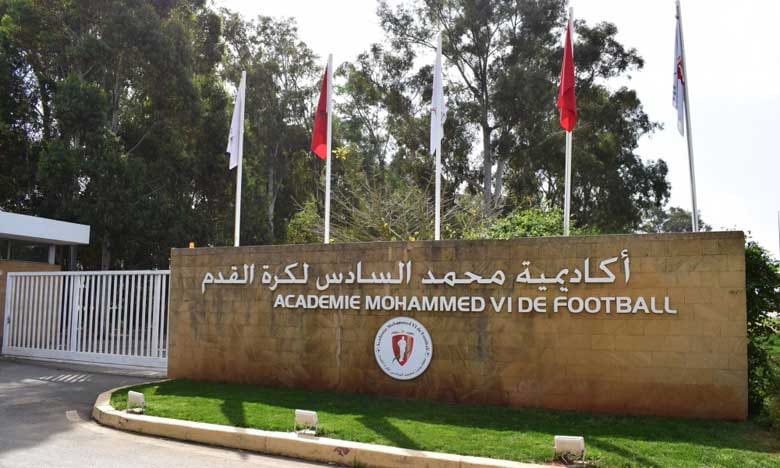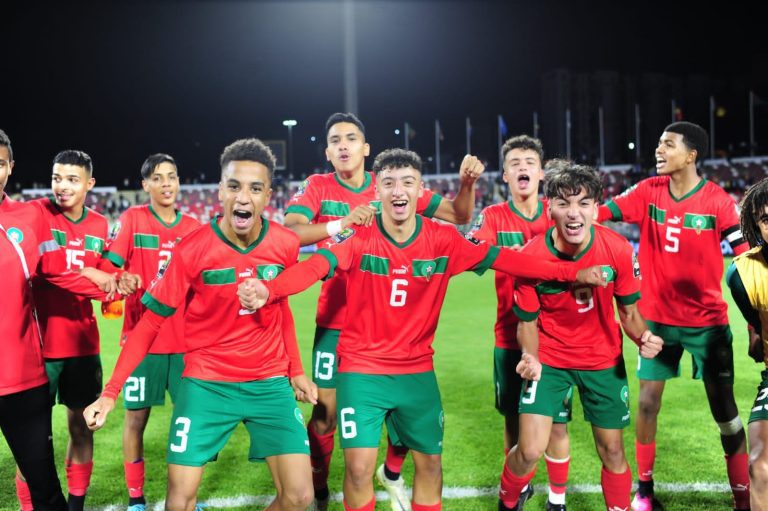The latest success of the Under 17 team soccer has further underlined the unprecedented rise of Morocco football across all age groups as the visionary strategy of His Majesty King Mohammed VI continues to pay off.
The Kingdom’s growth as a powerhouse has been built on the backdrop of massive investment in world-class infrastructure, planning and interest in academies and training centres.
Morocco’s high-riding U17 took home the silver medal when they narrowly lost 2-1 to Senegal in the Africa Cup of Nations (AFCON)final in Algeria on Friday.
Nine of The Atlas Cubs, who achieved the U17 AFCON historic feat, are products of the Mohammed VI Academy of Football. Five youngsters play for AS FAR, with four from FUS, while MAS, Hassania of Agadir, Ittihad of Tangier and Raja contributed one player each.
Morocco’s road to the final was scintillating, emerging Group B winners with back-to-back triumphs against Nigeria (1-0) and South Africa (2-0) and suffering only one defeat against Zambia.

The commendable results demonstrate the role played by the development of Moroccan soccer.
They were unlucky not to win the final after young defender and team captain Abdelhamid Ait Boudlal gave Morocco an early lead in the 14th minute.
To their credit, Senegal equalised late in the 80th minute before grabbing the winner three minutes later.
The backbone of Morocco’s football is the Mohammed VI Football Academy, founded in 2009 in Salé, on the instigation of His Majesty King Mohammed VI, may God assist him, in his letter to the National Sports Conference held in Skhirat on October 24, 2008.
READ:Motsepe explains why CAF is backing Morocco’s World Cup bid
In the Royal letter, His Majesty called for the development of a modern and efficient system to organise the sports sector based on the “restructuring of the national sports landscape and the upgrading of sports organisations with a view to their professionalisation, as well as the democratisation of the bodies responsible for their management”.
The game-changing letter marked a turning point in the history of Morocco sports. It became the launch pad of several reform and restructuring projects, including building the Mohammed VI Football Academy.
The Mohammed VI Football Academy, which has become the jewel that produces Moroccan stars, was built in line with the best international standards regarding training centres. It has paved the perfect conditions for Morocco’s young talents to play for the biggest soccer clubs in Morocco or the world.
The achievement of the senior national team that reached the semi-finals of the World Cup has given confidence to all teams, including women.
The Royal Moroccan Football Federation (RMFF) continues its serious work of setting up training centres at all clubs by providing adequate funding to invest in coaching and arming them with logistical, material and moral means to plan the management of national teams better.
